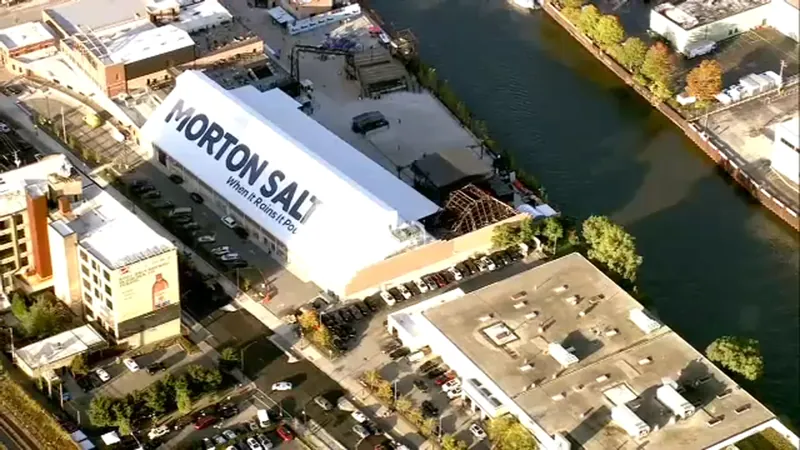
NASA’s Out-of-This-World Plan to Create Mushroom Homes on the Moon!
2024-10-06
Introduction
Imagine a future where homes on the Moon and Mars are made from mushrooms! It's not just a sci-fi fantasy; NASA is actively pursuing this revolutionary concept known as "mycotecture." The space agency has granted a whopping $2 million contract to the research team at NASA's Ames Research Center to explore the feasibility of building structures using fungi.
Why Mushrooms?
The cost of transporting traditional construction materials into space is astronomical. Instead of launching heavy bricks, NASA’s ingenious strategy involves sending fungal spores that can grow into building materials when combined with lunar elements like water and regolith. Chris Maurer, an architect from Cleveland, Ohio, emphasizes that this approach could slash construction costs and make space colonies a reality.
Advantages of Mycotecture
This innovative method offers remarkable advantages: NASA's studies reveal that mushroom bricks can act as effective shields against harmful space radiation, insulate against extreme temperatures, and grow rapidly—taking just one to two months to develop. These characteristics position mycotecture as a groundbreaking alternative to conventional building methods.
How Does it Work?
But how would it all actually work? The initial process involves a specialized package landing on the Moon, equipped with essentials like a sink. Once on the lunar surface, this package would expand, and a mix of fungal spores, water, and algae would start to grow an outer shell that hardens into a livable structure.
Challenges Ahead
While testing on Earth has shown promising results, the challenges of space can present unforeseen hurdles. Leading the research team, senior scientist Lynn Rothschild acknowledges potential technological risks. Will the structure have the necessary strength? Can it provide sufficient insulation? And will the seeds grow effectively in the harsh lunar environment?
The Future of Space Colonization
If this ambitious project succeeds, we could witness future lunar and Martian colonies emerging rapidly, just like mushrooms sprouting after a rainstorm. Stay tuned as NASA prepares to send a prototype of these mushroom-based structures to space in the upcoming 2028 launch of Starlab, a commercial space station. The possibilities for space colonization are truly exciting, but as experts caution, we must tread carefully to protect the Moon’s natural resources and avoid reckless exploitation.
Conclusion
Is the next leap for humanity really “just add water”? Only time will tell, but one thing is certain: the future of space living may be fung-tastic!





 Brasil (PT)
Brasil (PT)
 Canada (EN)
Canada (EN)
 Chile (ES)
Chile (ES)
 España (ES)
España (ES)
 France (FR)
France (FR)
 Hong Kong (EN)
Hong Kong (EN)
 Italia (IT)
Italia (IT)
 日本 (JA)
日本 (JA)
 Magyarország (HU)
Magyarország (HU)
 Norge (NO)
Norge (NO)
 Polska (PL)
Polska (PL)
 Schweiz (DE)
Schweiz (DE)
 Singapore (EN)
Singapore (EN)
 Sverige (SV)
Sverige (SV)
 Suomi (FI)
Suomi (FI)
 Türkiye (TR)
Türkiye (TR)